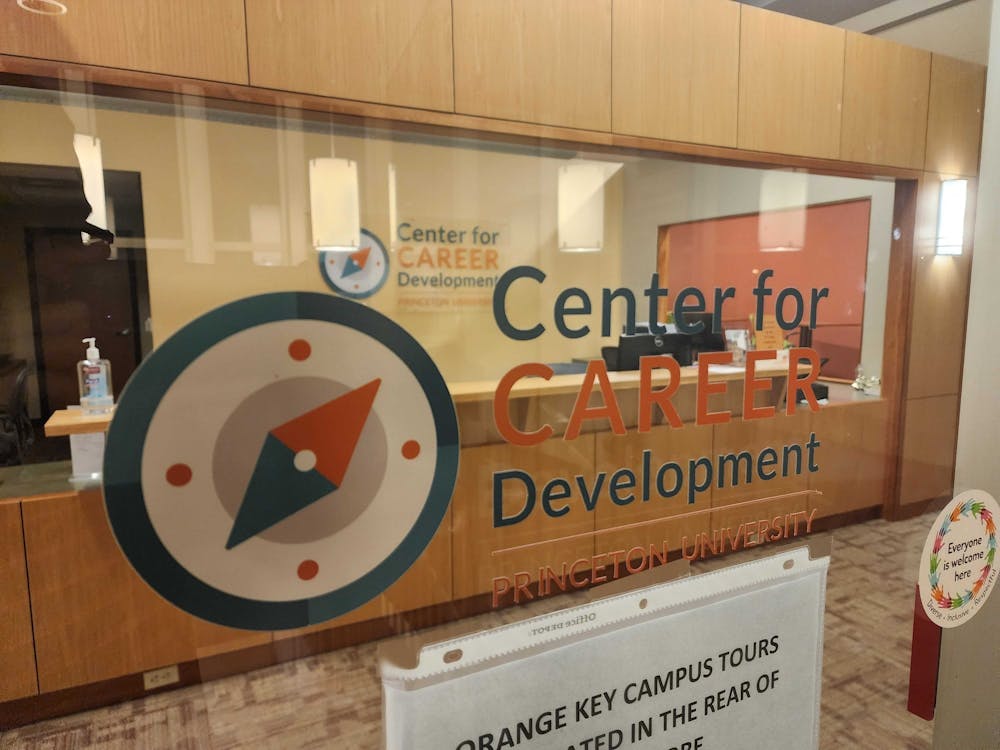Following the release of The Daily Princetonian’s sixth annual Frosh Survey, Data writers and editors analyze and compare the data with other surveys, including past Frosh Surveys and Senior Surveys. See our previous ‘Dlog’ on whether Princeton students are in the service of humanity here.
Work — whether it’s homework, volunteer work, essay work, or thesis work — is a quintessential part of the Princeton experience. But it seems that Princeton’s Class of 2029 had begun their grind long before walking through FitzRandolph Gate. The Daily Princetonian analyzed responses from the 2029 Frosh Survey about high school employment to see just how many Tigers were already clocking in as high schoolers.
The data suggests that about seven in 10 students in the Class of 2029 held jobs during high school, whether during the academic year or summer breaks.
That being said, it may point towards the role that financial aid plays in helping students manage the costs of education. For some students, the decision to work — especially during the school year — is a financial one.
If we do not consider those who answered “Unsure,” then the data shows that about 32 percent of students who worked a job both during the school year and the summer were either partially or fully responsible for all the costs of education without family assistance. This is followed by 30 percent of students who worked a job during the school year being responsible for a portion or all costs of college. This statistic suggests that students who either worked jobs during the high school academic year or both over summer and the school year likely had a high college fiscal responsibility.
A quarter of Princetonians who had attended private high school come from families that make over $500K — as opposed to six percent of families of Princetonians who attended non-selective public school. However, this financial skew is less reflected in high school employment data.
Students from public schools (non-selective and selective) reported the highest employment rates at around 70 percent. This was followed in second place by both types of private schools (independent and parochial/religious) tying at a little more than 60 percent of students who had previous employment experience. Taken together, it seems that no matter the type of secondary school students went to, a majority of students at each all had some level of work experience.
One may assume that students pursuing more technical majors might have had work experience prior to their collegiate studies, but the Frosh Survey reveals that high school employment didn’t actually vary significantly across intended majors.

The data appears to be almost identical for A.B., B.S.E., and undecided students, with only approximately 30 percent of students in each intended major category not having previous work experience. About 55 percent of students had a job during the summer and roughly 30 percent of students had a job during the academic year regardless of their intended major type. While there was overlap between the number of students who had a summer job and students who had a school-year job, about 70 percent of students in each major type had previous work experience.
This consistency across academic tracks suggests that the drive to work during high school is not limited by disciplinary boundaries. Whether students were planning to pursue engineering, the humanities, or were still exploring their options, the motivation to gain professional experience was widespread.
According to the U.S. Bureau of Labor Statistics, as of October 2023, about 22.5 percent of high school students were employed. This figure reflects a steady decline from earlier decades. However, Princeton’s incoming class suggests quite the opposite. With employment rates more than three times the national average, Princeton’s Class of 2029 reflects a broader reality: For many students, employment during high school isn’t just a résumé booster, it’s a reflection of how financial realities shape the path to higher education.
After all, before they were Ivy, they were industrious. And that’s a legacy worth clocking in for.
Frank Xu is a contributing Data writer for the ‘Prince.’
Please send any corrections to corrections[at]dailyprincetonian.com.








